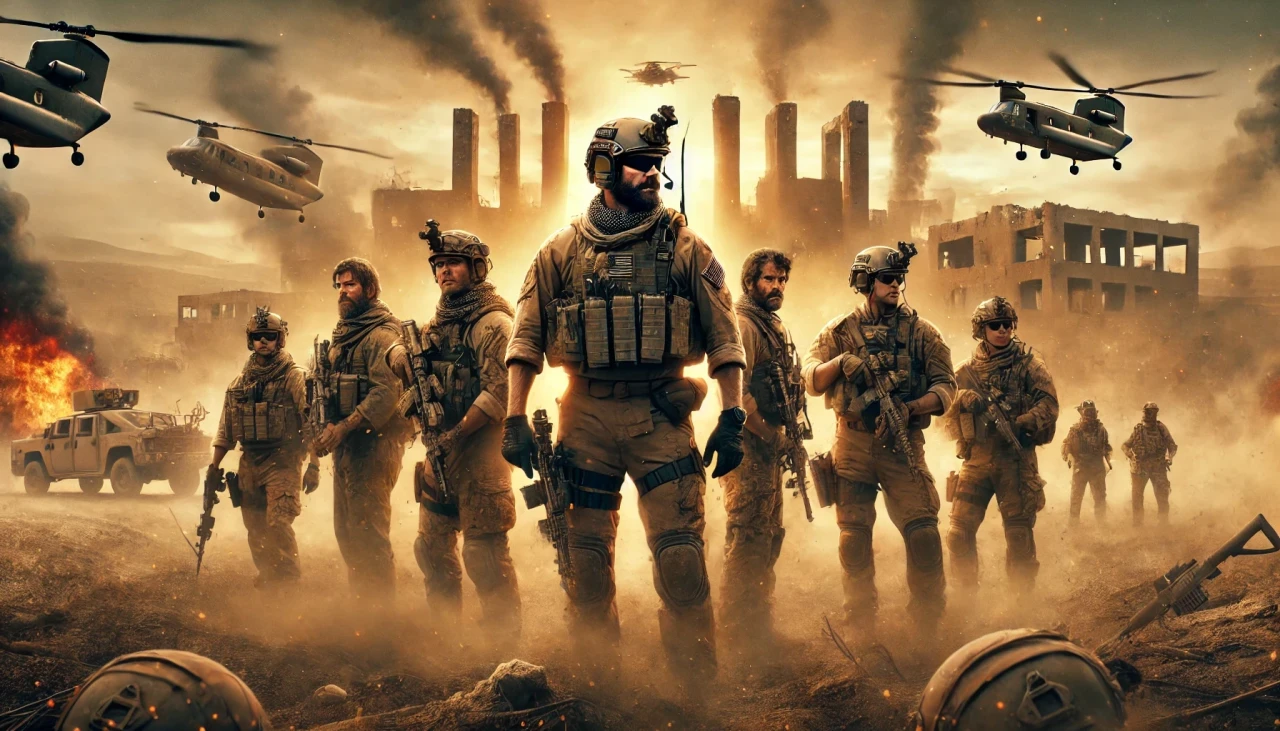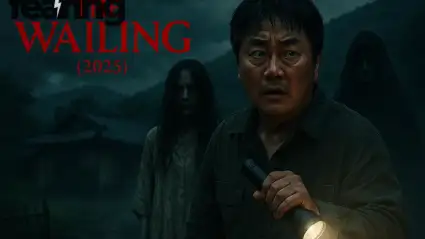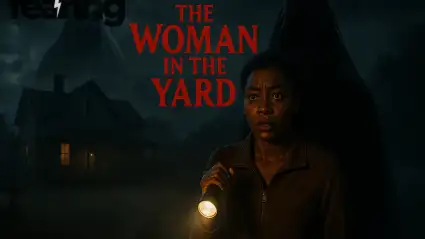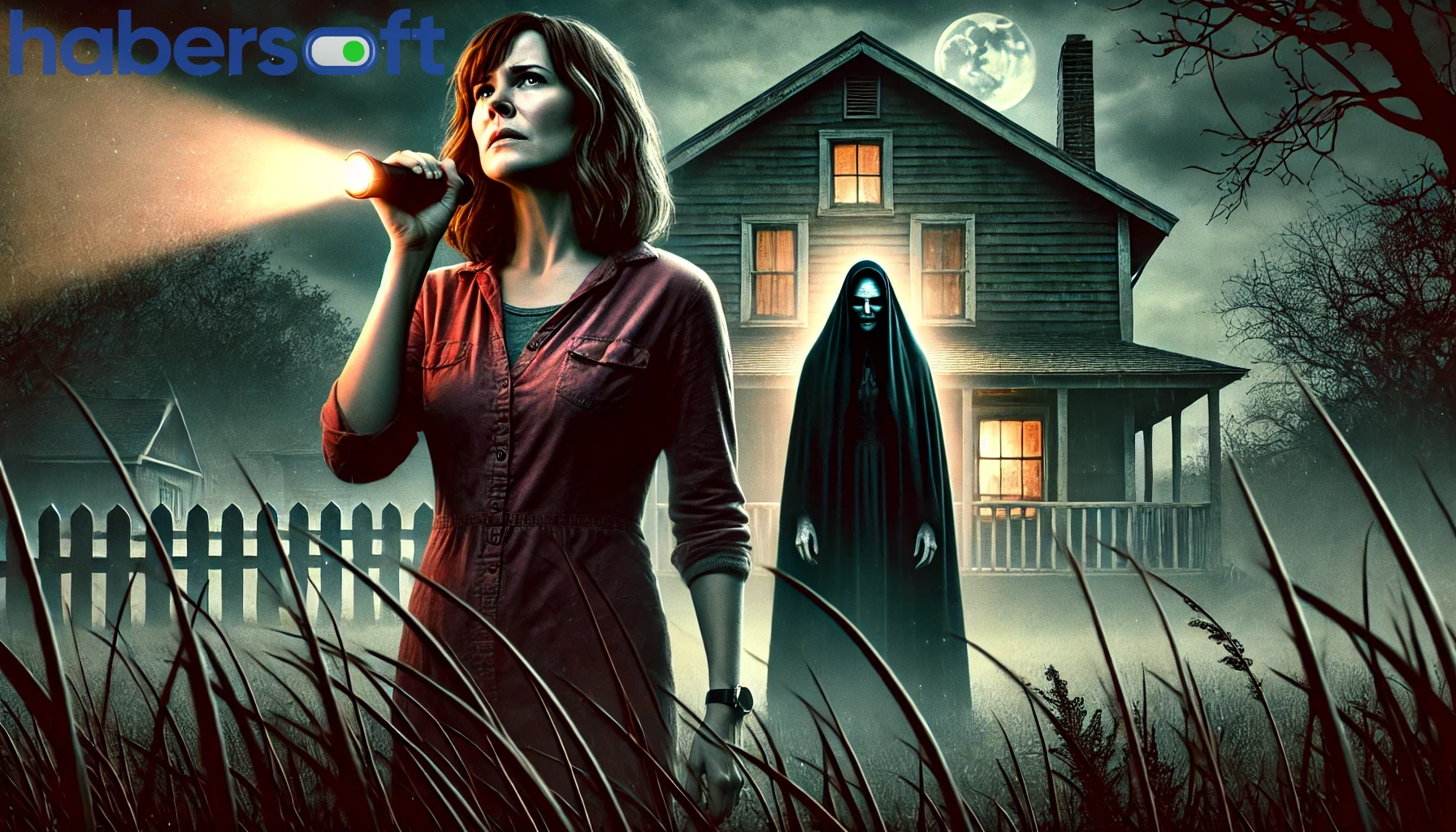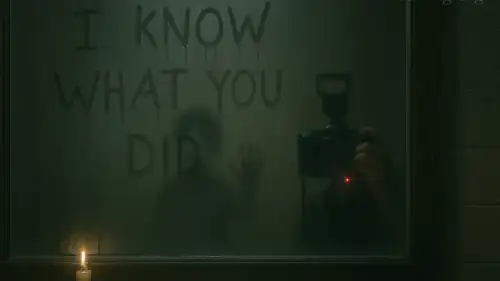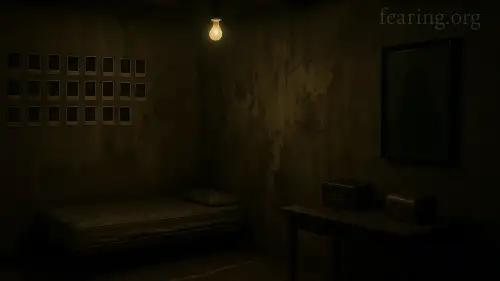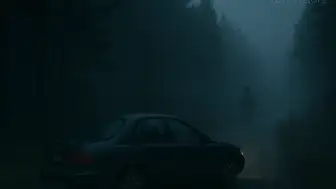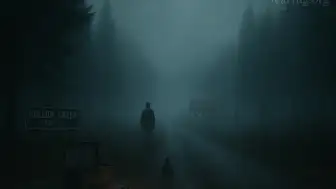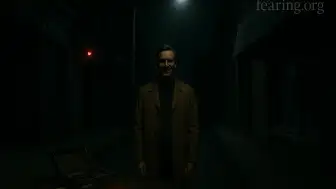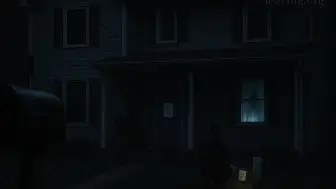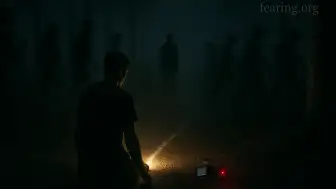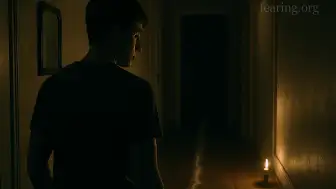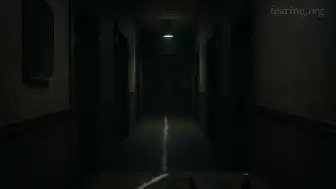In the ever-expanding realm of war cinema, Warfare (2025) doesn’t aim to retell history with bullets and glory—it instead plunges headfirst into the chaotic, fragmented psyche of a soldier lost within a battle that may no longer exist. Directed by Noah Winters, a former combat medic turned filmmaker, the movie has been lauded for its uncompromising portrayal of PTSD, moral ambiguity, and the blurred line between survival and madness.
The Story Behind the Trauma
Set in an unspecified war zone in Eastern Europe, Warfare follows Corporal Elias Brandt, portrayed with visceral vulnerability by Joseph Quinn (Stranger Things), as he navigates a collapsing front line while slowly losing grip on reality. The film unfolds in nonlinear fragments, mixing battlefield tension with disorienting dreamscapes and memory loops.
“I didn’t want to make a war movie. I wanted to make a memory trapped in the body of a war film.”
— Noah Winters, TIFF 2025 Interview
The result? A narrative less about plot and more about internal unraveling. Viewers experience Elias's trauma as he does: out of sequence, emotionally jagged, and disturbingly vivid.
Combat as Psychological Theater
Warfare doesn’t give us enemy soldiers to hate or allies to trust. In fact, many of Elias’s comrades are imaginary, fragments of past relationships and lost platoon mates that resurface when stress peaks. You never quite know who is real—which is precisely the point.
[Scene Breakdown]
Checkpoint Echo: A brutal shootout that plays out identically three times, each version bloodier than the last.
The Forest Sequence: Elias buries something (or someone) but can’t remember what—it’s later revealed to be his own journal.
Ghost Dialogue: Conversations held entirely with voices from a destroyed radio.
Sound and Silence: Dual Weapons
Composer Hildur Guðnadóttir crafts a haunting score built from distorted field recordings: boots scraping gravel, distant shellings, whispered prayers. But the real power lies in strategic silence. Entire scenes play without ambient noise—forcing audiences into Elias's sensory deprivation.
“The silence in Warfare is louder than any explosion.”
— IndieWire
Visual Style: The War We Don’t See
Cinematographer Rachel Niven uses handheld 16mm film to enhance realism, then overlays dreamlike distortions—double exposures, ghost shadows, jittery light pulses. The color palette bleeds from brown and green to washed-out sepia as Elias deteriorates.
In Color: Blood in Warfare is rarely red. It’s a sickly black, symbolizing memory decay rather than physical injury.
Joseph Quinn's Tour de Force
Quinn disappears into the role of Elias. From his trembling hand washing rituals to his stuttered breathing in foxholes, every detail adds authenticity. His breakdown scene inside an abandoned church—where he confesses to killing someone who “wasn’t really there”—is already generating early Oscar buzz.
[Performance Notes]
Eye Movement: Constant scanning, never resting.
Breath Work: Audible hyperventilation when asked his name.
Body Language: Flinches at sunlight, crumbles under rain.
Notable Supporting Cast
Anya Taylor-Joy as Lena, a war photographer whose appearances are ambiguous: is she a medic, a ghost, or Elias’s conscience?
Lance Reddick (posthumously) as Captain Rhodes, commanding only in voiceovers—his face is never shown.
A War Movie Without an Enemy
That’s the central thesis of Warfare: the enemy is trauma itself. The movie deliberately avoids politics, geography, and timelines. It’s not about “why” the war happens—but what it does to people.
“Warfare has no flags. Only flashbacks.”
— RogerEbert.com
Reception: Divisive, Raw, Unforgettable
Audiences at Sundance gave it a 9-minute standing ovation. Others walked out midway, citing the film’s "relentless bleakness" and “absence of plot.” Critics are calling it either a masterpiece or emotional punishment.
“You don’t watch Warfare. You survive it.”
— AV Club
“The best anti-war film since Come and See.”
— Sight & Sound
Should You Watch It?
✅ Yes, if:
You want psychological realism over action.
You appreciate experimental storytelling.
You’re open to emotional disorientation as narrative technique.
⛔ No, if:
You prefer chronological war stories.
You dislike ambiguity or metaphor.
You need character closure.
Final Reflection
Warfare is not entertainment—it’s an experience. A sensory, cerebral excavation of memory and identity under fire. It’s a war film for the post-trauma generation, unflinching and unapologetic.
As the final frame lingers on Elias’s empty boots in the mud—his face unseen, voice unheard—we’re left with a single, unspoken question:
What part of ourselves doesn’t survive the war we bring home?
Streaming Now:
Available on MUBI, A24+, and Apple TV+ Exclusive

